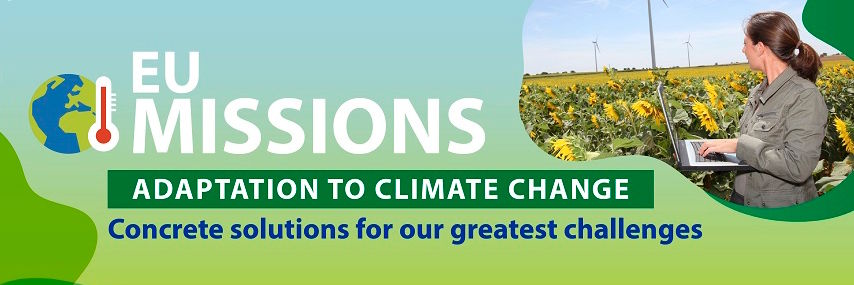Adapting to climate change means taking action to prepare for and adjust to both the current effects of climate change the predicted impacts in the future.
Global emissions of greenhouse gases are still on the rise. Even with our commitment to cut net global emissions to zero by 2050, the concentration of greenhouse gases in the atmosphere will continue to increase for the coming decades, and average global temperatures will climb.
As the climate heats up, it will bring with it all kinds of risks. From more frequent extreme weather events like heatwaves, droughts or floods, to coastal erosion from rising sea levels, the impacts will affect everyone.
That is why the Commission adopted a new EU Adaptation Strategy on 24 February 2021. The strategy is a key part of the European Green Deal, and it aims to increase and accelerate the EU’s efforts to protect nature, people and livelihoods against the unavoidable impacts of climate change.
Adaptation at EU level
The EU works on three levels to advance adaptation to climate change:
- The EU ensures that all its own policies and actions work towards increasing Europe’s resilience to the impacts of climate change.
- The EU supports national, regional and local authorities as well as partners in the private sector to adapt to climate change.
- Globally, the EU supports international climate resilience and preparedness by scaling up international finance and encouraging stronger global engagement and exchanges on adaptation.
Mission Adaptation to Climate Change

The main goal of the Mission Adaptation to Climate Change is to support at least 150 European regions and communities towards climate resilience by 2030. Because climate change affects different regions, sectors of the economy and members of society in distinctive ways, the Mission engages with the widest range of EU regional and local actors.
The Mission fosters the development of innovative solutions to adapt to climate change and encourage regions, cities and communities to lead the societal transformation. The Mission can support regions and municipalities on their journey towards climate resilience by:
- Providing data and methodologies to underpins decision making, due to insufficient knowledge and awareness on climate change adaptation, risk, vulnerability and resilience
- Accelerating the pace of public and private-sector investment and raise awareness and implementation of cost-effective solutions
- Supporting planning, monitoring, reporting and evaluating of climate change adaptation especially in local adaptation strategies;
More concretely, the Mission helps the regions to focus on climate resilience and helps to accelerate the roll out of new and existing solutions.
The participation of Member States, regions and cities is crucial in the implementation of the Mission as they are key agents of change in deploying new technologies, experimenting innovative solutions that address local needs, and in leading different stakeholders towards the green transition. The Mission also engages with citizens by funding projects facilitating their involvement.
